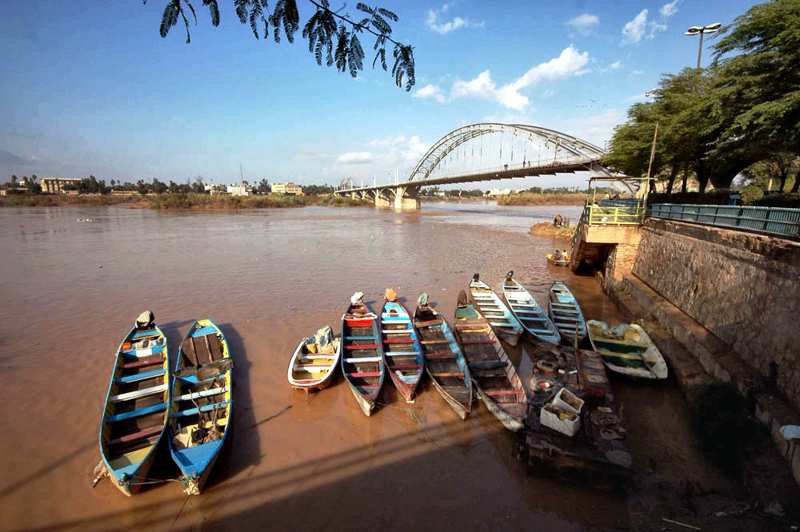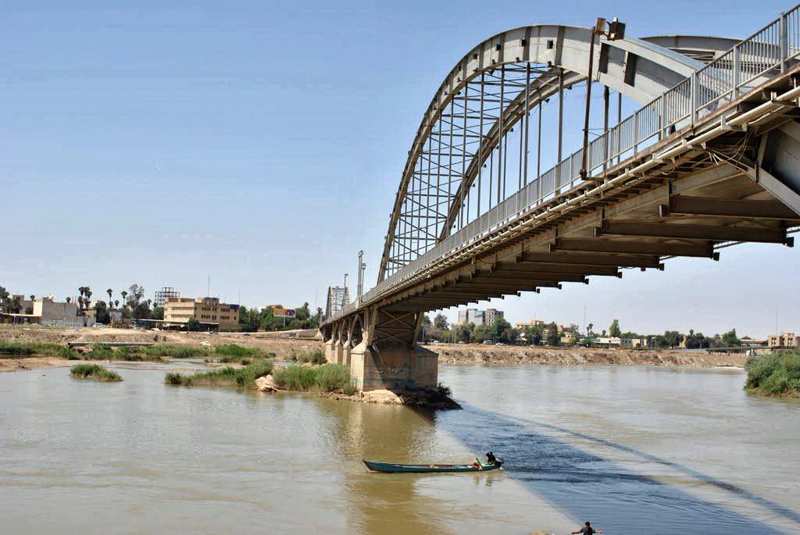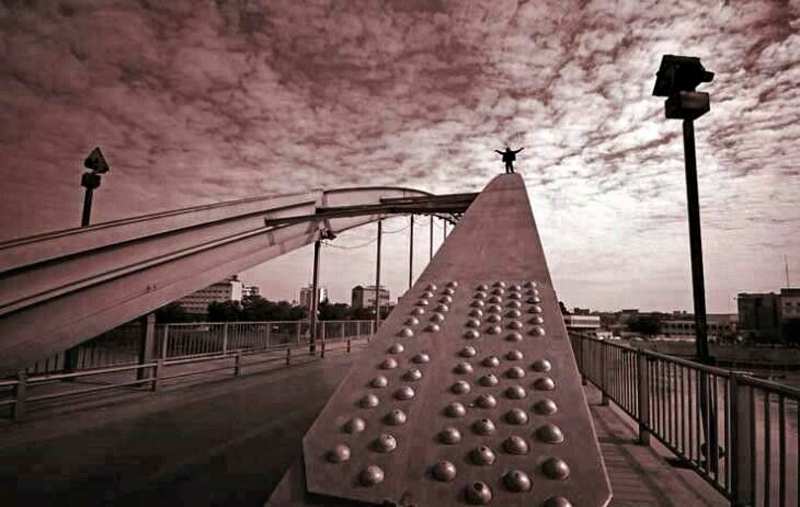Economy & Social
Ahvaz is one of the most important oil-rich regions in Iran. Oil and Gas, which is the most important natural resource of the country, was discovered and extracted for the first time around 80 years ago, and since then, many oil fields have been discovered and exploited in this province, which is one of the most important They are Ahvaz oil fields. Abadan Refinery, Imam Port and Mahshahr Petrochemical Complex are examples of oil-related industries in this province. In general, Khuzestan’s industry is divided into two categories: handicrafts and machinery. The factory can be divided into two categories of heavy industry and light industry in terms of raw material consumption and quality of production. The heavy industry includes extraction and refining of oil including Abadan refinery, Masjed Soleiman Distillery, and the petrochemical industry including Razi Chemical Complex, Abadan Petrochemical Complex, Khark Petrochemical Complex, Iranian Japanese Petrochemical Complex, rolling mills And Ahvaz pipes. But Khuzestan style industries include sugar milling, paper making, palm packing, fishing industry and electrical industry. Meanwhile, the old sugar cane industry in Khuzestan is a paper-making complex called Haftppa that has been producing paper for a long-time using cane waste.
Khuzestan province contains a variety of genders of human beings. For many years, the followers of other rituals also lived in this province. Most inhabitants of Khuzestan province are Arabs, and they are called “port” to these Arab people living in the southern coastal strip that has characteristics of the Persians. Most Arabs in Iran still speak Arabic. The beginning of the Arab migration to Khuzestan dates to the pre-Islamic period, the time of the Sassanid rule. But after the victory of the Muslims over the Iranian, tribes migrated to Iran and chose this place for their reign. But today, the Arab population living in Khuzestan has a minority in comparison with Persian-speaking ethnic groups such as Bakhtiari, Shushtari and Dezfuli.
Travel to Ahvaz, history, map,old ,city, iran, iran ahwaz, temp.bridge.flood.writing about ahvaz.pron.hotels.airpors.khuzestan.intl.airport.sthw.iran.college . where is ahvaz.dubai to ahavz. air pollution facts.travel to ahvaz weather.




